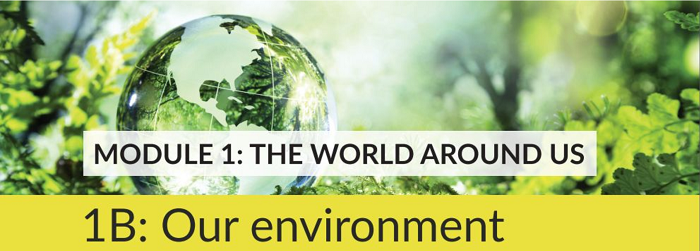Objectives: Practise a Matching information task

POLLUTION
WRITING
1. Discuss the questions.
a, Which do you think is the most serious of these problems water shortages, air pollution, climate change or automobile emission? Why?
b, What do you think we can do about the problem of water shortages?
2.a Read the writing task and underline the key words.
The graph shows how serious people in four countries considered same environmental problems between 200 and 2010. Summarise the information by selecting and reporting the main features and make comparisons where relevant.
2b. Look at the words you underline in E2a. What do you need to do in your answer?
- Explain why some issues are considered more serious than others.
- Give reason for fluctuations in people’s attitudes.
- Summarise the trends and main features in the graph.
3. Read the models answer below. Match the descriptions (1-4) with the part (A-D).
- A description and comparison of the issues causing most concern
- An introduction to the graph
- A description and comparison of the issues causing least concern
- An overview summarising the main trends
A. The graph shows how serious people in China, India, Germany and the USA thought four environmental issues were between 2000 and 2010.
B. Overall, the graph shows that attitude towards water shortages, air pollution, climate change and automobile emissions all fluctuated considerably over the period. However, people were less worried about each of the issues in 2010 than in the previous years.
C. In general, water shortages caused more anxiety in any one year than any other issue, with 70 percent of the popular on rating it as very serious in 2009. 2 In each year on the graph, either water shortages or air pollution was the problem which the highest proportion of people were very worried about. 3 “concern about air pollution, for example, grew until 2006 before a sharp fall in 2007.
D. In 2000 climate change was the issue fewest people (around 50 percent) expressed serious concern about. 4 Between 2000 and 2003, there was a slow decline in anxiety about this. Although 5 people were less worried about climate change than car emissions at the beginning of the period, the situation changed in 2006.

